The Federal Aviation Administration (FAA) has just shut down the airspace near an airport that serves roughly eight million flyers ever year.
Major carriers like American, Delta, and United Airlines will now have to avoid the area around President Trump’s Mar-a-Lago estate in Florida for the next year, with planes forbidden from crossing within one nautical mile of the president’s residence.
The new restrictions went into a effect on Monday and will be enforced 24 hours a day until October 20, 2026.
It specifically impacts traffic at Palm Beach International Airport (PBI), with Mar-a-Lago sitting just east of the busy transit hub.
The FAA created the restricted air zone (or Temporary Flight Restriction) around PBI due to ‘special security reasons,’ meaning there will be no flying allowed in this zone for anyone, including planes, helicopters, or drones, unless they have special permission.
Planes can still take off and land normally at PBI, but they must avoid flying through the tiny restricted circle next to the airport.
PBI is popular with other airlines such as JetBlue and Southwest, with many offering nonstop flights to major East Coast spots, but it’s also Trump’s go-to landing spot when the president takes Air Force One to the ‘Winter White House.’
Officials at the airport said the new restrictions could impact traffic, specifically on PBI’s main runway, which regularly sent traffic over the new forbidden zone.
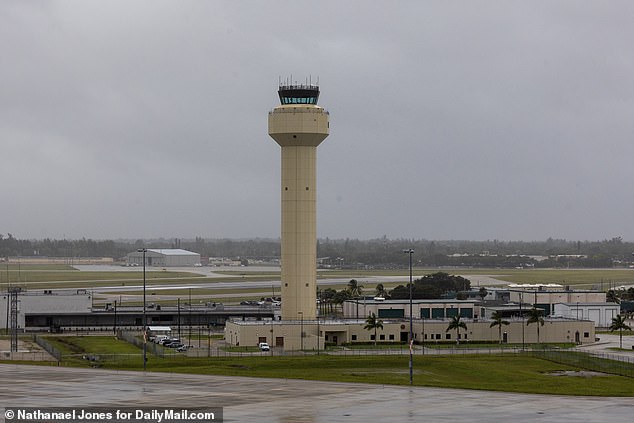
Palm Beach International Airport (pictured) is now enforcing a new travel restriction due to its proximity to President Trump’s Mar-a-Lago estate
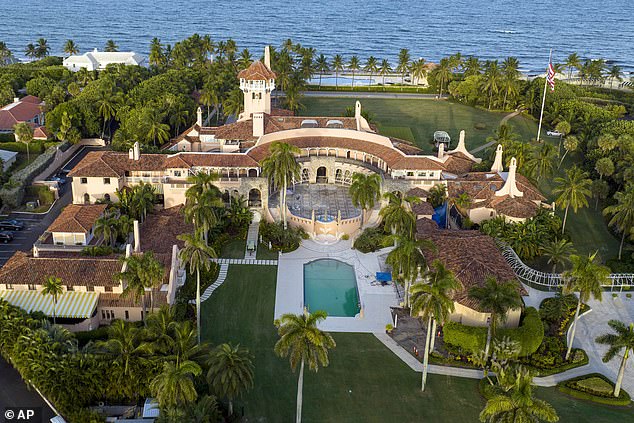
Mar-a-Lago (pictured) now sits inside a restricted air zone for the next year, expiring on October 20, 2026
Pilot Douglas Matthews said pilots already had to account for wind when they took off from PBI, but the new no-fly zone will make things even trickier.
Flights to cities such as New York, Atlanta, Boston, Charlotte, Chicago, Dallas, Denver, and Philadelphia could all be affected.
The change could nudge flight paths slightly, adding a few minutes to certain trips, but it’s unlikely to cause widespread delays since it’s only a minor course correction guided by air traffic controllers (ATC).
However, the restrictions add another airport to the growing list of air travel hubs impacted by the Trump Administration and congressional turmoil.
Airports around the US over the last month have seen major staffing issues and temporary ground stops due to the ongoing government shutdown.
Some ATC towers, like in Chicago, Hollywood, and Nashville, have been left unstaffed for hours amid the manpower shortages.
The new FAA orders came after authorities found a ‘makeshift hunting stand’ with a clear line of sight to where Air Force One typically parks at the airport.
President Trump was already the target of two assassination attempts in the months leading up to his 2024 re-election.
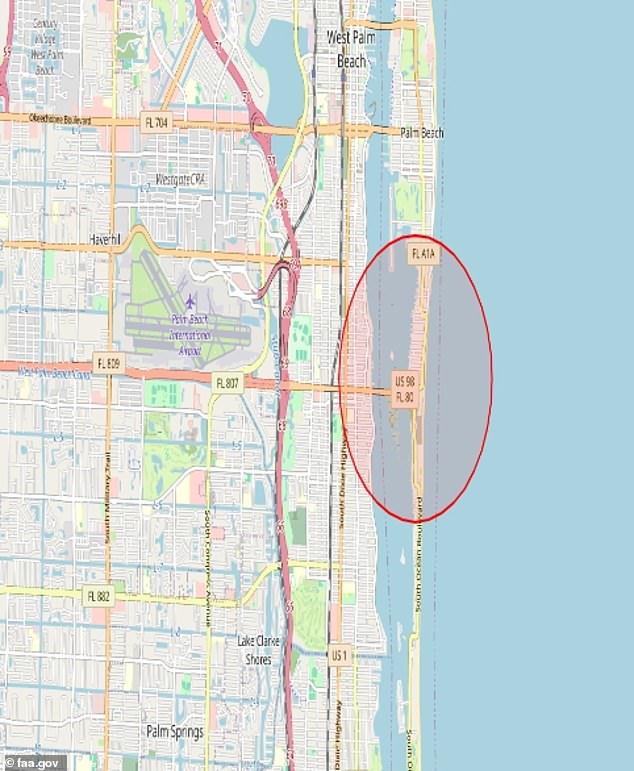
The bubble around the president’s mansion means planes, helicopters, and drones are not allowed to enter without permission
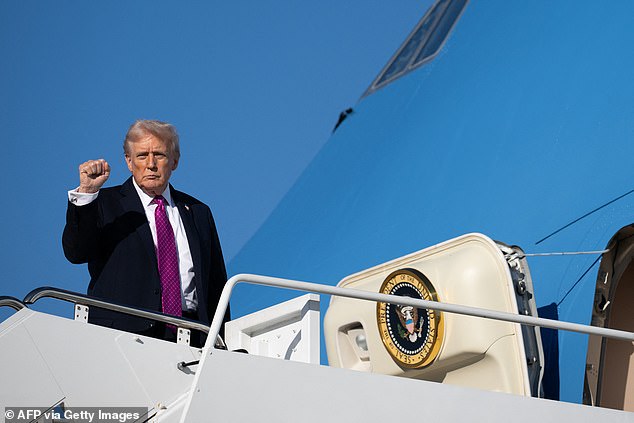
President Trump (pictured at Palm Beach International) regularly flies into the airport to visit his Florida mansion
PBI also serves flyers heading to the Bahamas and Canada, with the airport being among America’s top 50 biggest airports and serving as many people as airports in Austin and San Diego.
For planes and helicopters needing to travel through the restricted zone, they’ll need to receive special permissions from the FAA, file a full flight plan with air traffic control, get approved landing and takeoff instructions, and use a special code on their plane’s transponder.
As for drone owners who break the rules, the government can now jam your signal, confiscate your drone, damage or destroy it to protect the VIPs or buildings at Trump’s estate.
It’s all part of the Presidential Threat Protection Act, which grants the US Department of War (formerly the Department of Defense), the Department of Justice, and Homeland Security the power to seize private property flying in forbidden airspace.
Aircraft violating the zone could get fined, the pilot arrested, or ATC will turn you away or force you to land.
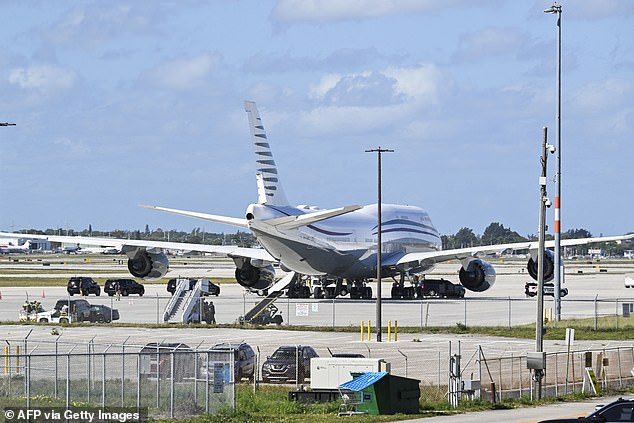
Pilots flying out of Palm Beach International Airport will now have to adjust their scheduled flight plans to dodge the zone
As for other airports in Florida, and the passengers in to and out of the state, the no-fly zone over Mar-a-Lago likely won’t impact air travel significantly.
Major airports in Miami and Fort Lauderdale likely won’t see any delays caused specifically by planes having to avoid the president’s mansion.
Pilots will get simple instructions from ATC to go around the small zone, possibly adding as little as a few seconds to many trips.
It’s not known if the FAA will extend the restricted air zone after it expires in 2026.
